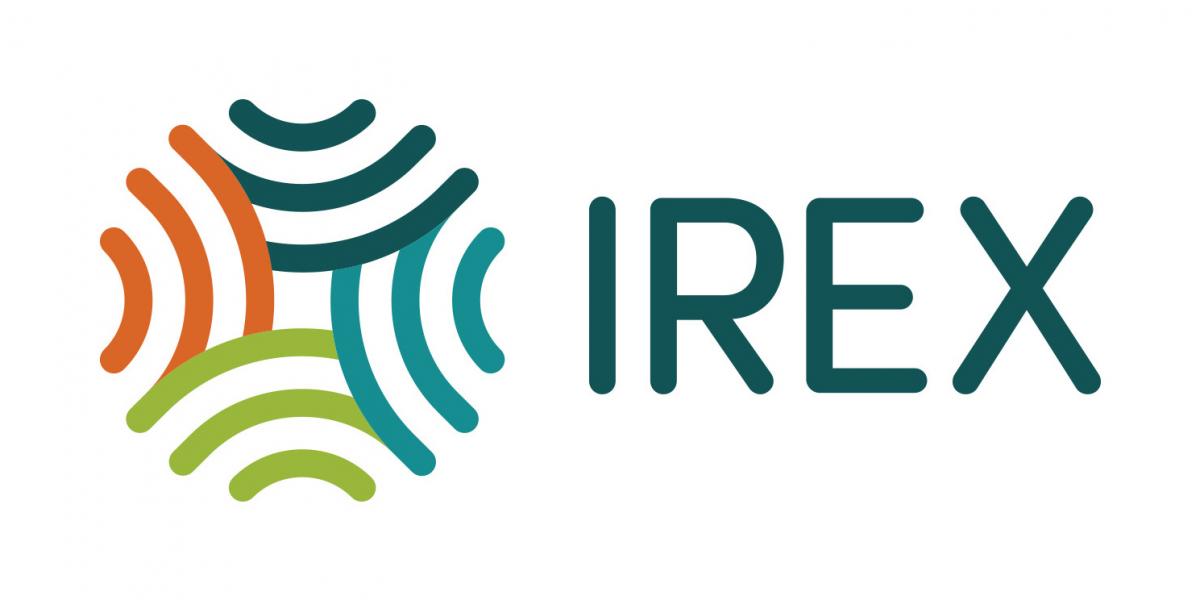Observation Template
IREX, Bridgebuilding project
/
06 July 2023
Date: [Enter the date of the observation]
Observer: [Enter your name or initials]
Subject: [Describe the program/even being observed]
Context: [Provide a brief description of the observation setting and any relevant background information]
Number of people in attendance: [Enter the number of people attending the event]
Observation
- Environment: [Note down the environmental factors that may be influencing the observation. For example, noise level, lighting conditions, temperature, etc.]
- Interactions: [Record any interactions between the subject and other individuals or objects. Note the nature of these interactions and any noteworthy details.]
- Emotional response: [Document any emotional responses observed, including everyone involved. Describe facial expressions, body language, and verbal cues if applicable.]
- Patterns or themes: [Identify any recurring patterns, themes, or trends that emerge during the observation. Note similarities or consistencies that may be relevant.]
- Notable quotes: [Record any significant statements or quotes made by participants.]
- Reflections: [Take a moment to reflect on the observation and note any personal insights, questions, or hypotheses that arise from the data collected.]
- Additional observations: [Include any additional observations or details not captured in the previous sections but relevant to the overall observation.
- Concluding remarks: [Write a brief summary or conclusion based on the observation. Highlight any key findings or observations that stood out during the process.]
Signs of engagement
Signs of engagement may vary depending on the nature of the program, the audience, and the specific objectives. It's important to consider the context and adapt your observations to suit the unique dynamics of each event or program. Some indicators of engagement to look for include:
- Active participation: Observing attendees actively participating in discussions, asking questions, or sharing their thoughts and ideas during the program.
- Interactions and conversations: Noticing attendees engaging in conversations with library staff, presenters, or other participants, exchanging information, or expressing their opinions and experiences.
- Body language: Observing positive body language such as nodding, leaning forward, making eye contact, or showing attentive postures, indicating that participants are actively listening and interested in the program.
- Asking for further resources: Attendees expressing their interest in obtaining more information or resources related to the program's topic by asking for book recommendations, requesting specific materials, or seeking guidance on further learning opportunities.
- Active use of provided materials: Observing participants utilizing the resources or materials provided during the program, such as taking notes, using handouts or worksheets, or referencing recommended readings.
- Collaboration and networking: Witnessing participants engaging in collaborative activities, group discussions, or networking with each other, indicating a desire to connect with like-minded individuals or build relationships.
- Expressions of appreciation: Receiving positive feedback, expressions of gratitude, or testimonials from participants, either during or after the program, indicating that they found value in the experience and felt engaged.
- Return attendance: Noticing that participants return to subsequent programs or events on similar or related topics indicating that they found value in the initial engagement and are seeking continued involvement.
Other resources
- Creating Social Change Through Library Programming
- Needs Assessment
- Data Collection for Libraries
- Library Social Cohesion Impact Measure
- Sample Indicators to Measure the Impact of Your Program or Activity
Learn how your library can engage in bridgebuilding activities in your community through the Bridgebuilding Resource Hub:

